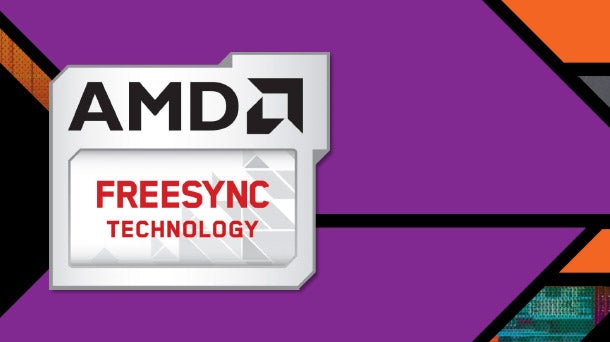AMD FreeSync – coming soon to a TV near you?

An AMD big wig has said that he expects to see a rapid adoption of the company’s FreeSync technology in TVs as soon as 2016 – news that will be music to the ears of gamers who prefer to play in the living room on their big screens.
Chief Gaming Scientist Richard Huddy seemed to spill the beans at an AMD event in Munich, saying that the addition of Adaptive Sync to the HDMI standard means that consumer TV manufacturers should be able to very easily add FreeSync to their TVs.
“It’s there on HDMI, too, which is cool,” he said. “We’re there before it’s on monitors, and on TVs, actually.
Related: Best 4K and gaming monitors
Responding to a direct question about whether FreeSync will make it to TVs, Huddy responded:
“You bet. Yes on HD TVs, yes on Ultra HD TVs. You know that when you run [a game] on PC you’re going to get those variations in frame rate… FreeSync delivers a wonderful experience. If you don’t have it in your lounge you’ll feel rather deprived.
“Absolutely it will be there on HD TVs but I don’t have any idea when it’ll be announced… I believe it’ll be coming to market this year.”
Adaptive Sync is the industry standard, with FreeSync being AMD’s own-brand version of it. FreeSync doesn’t require any extra hardware to be added to monitors or TVs because it works out of the box with DisplayPort and, more recently, HDMI 2.0. Nvidia has its own version, called G-Sync, but this typically increases a monitor’s price by around £50.
Related: Best TVs 2016
Adaptive Sync allows a graphics card to sync up with a display panel (such as a monitor), meaning it only sends complete frames to the monitor. This two-way communication means the monitor will only refresh when the graphics card is ready, massively reducing the stutter associated with traditional vertical sync (Vsync) while eliminating the frame tearing you’ll see with Vsync switched off.
It’s a big deal, and once you’ve used it and noticed the difference, it’s very hard to go back to a non-Adaptive Sync monitor.
Related: Why your next monitor should have FreeSync
But 15 minutes later, Huddy backtracked and sought to clarify that his comments were a “personal statement,” rather than reflecting the views of AMD.
He subsequently said:
“I got people excited about HD TVs supporting FreeSync. That that we can say is not what I said. There is support for FreeSync over HDMI, available in monitors, and there will be more monitors coming to market in 2016.
“The statement I made…I withdraw. That’s me speculating, not AMD.”
What occurred in the time between Huddy’s conflicting statements? We’ll never know. Still, gamers can take heart that someone so high up the AMD food chain was so ‘personally’ confident about FreeSync’s imminent arrival on TVs.
Related: 6 best GPUs right now
It’s just not the official shareholder line yet.
WATCH: AMD vs NVIDIA – Who’s number 1?
Will AMD’s FreeSync come to TVs in 2016? Let us know your predictions in the comments below.


